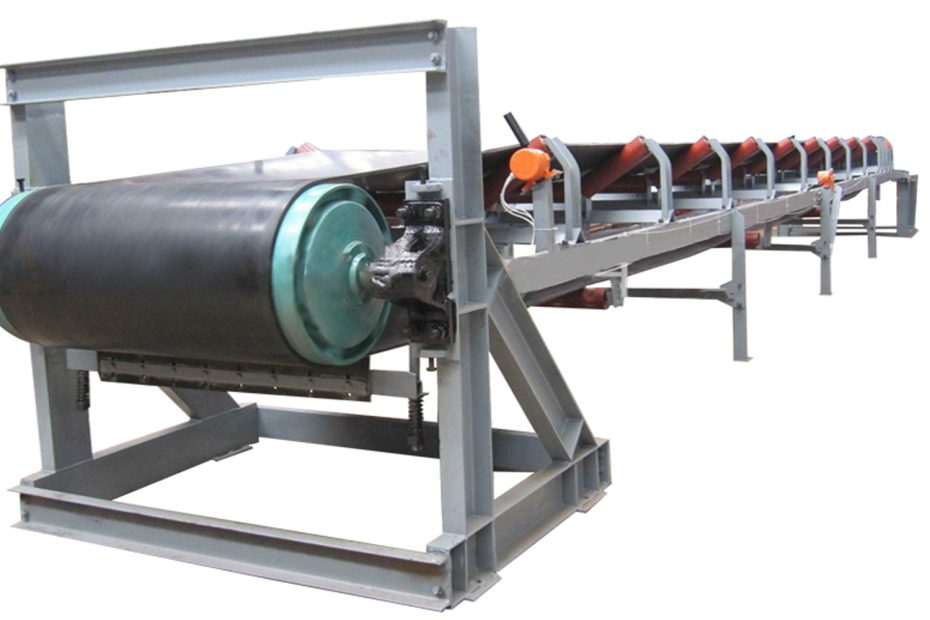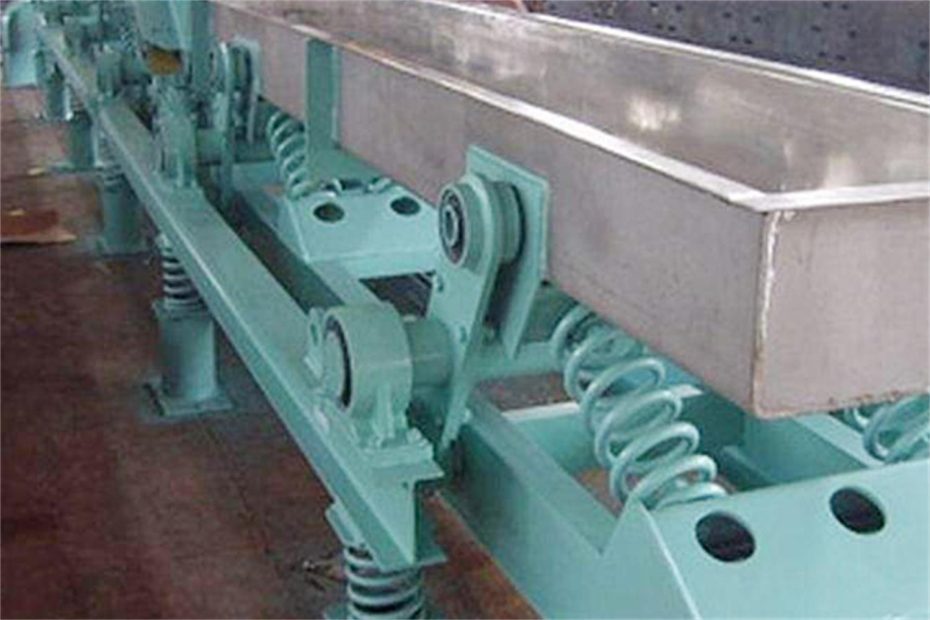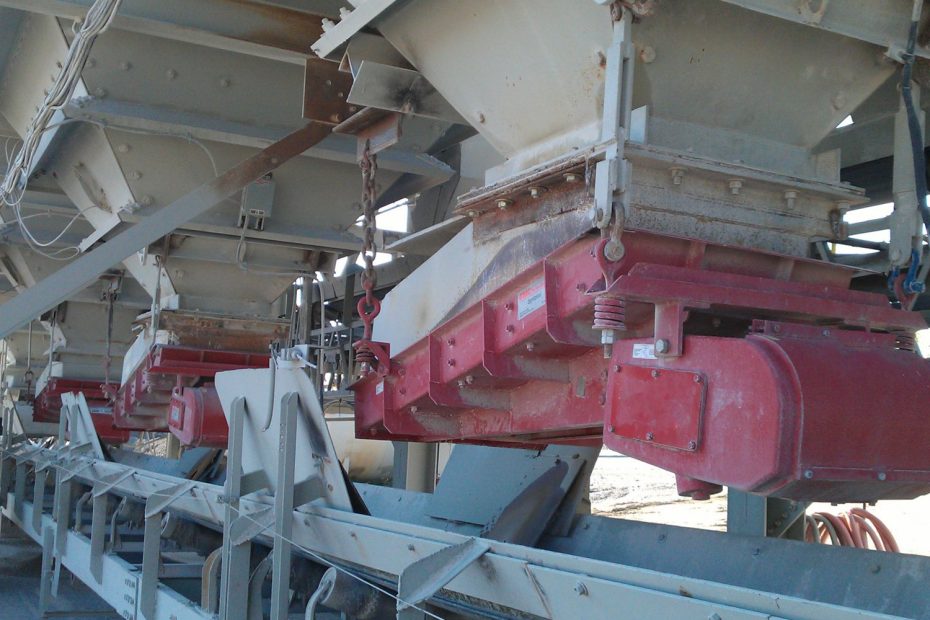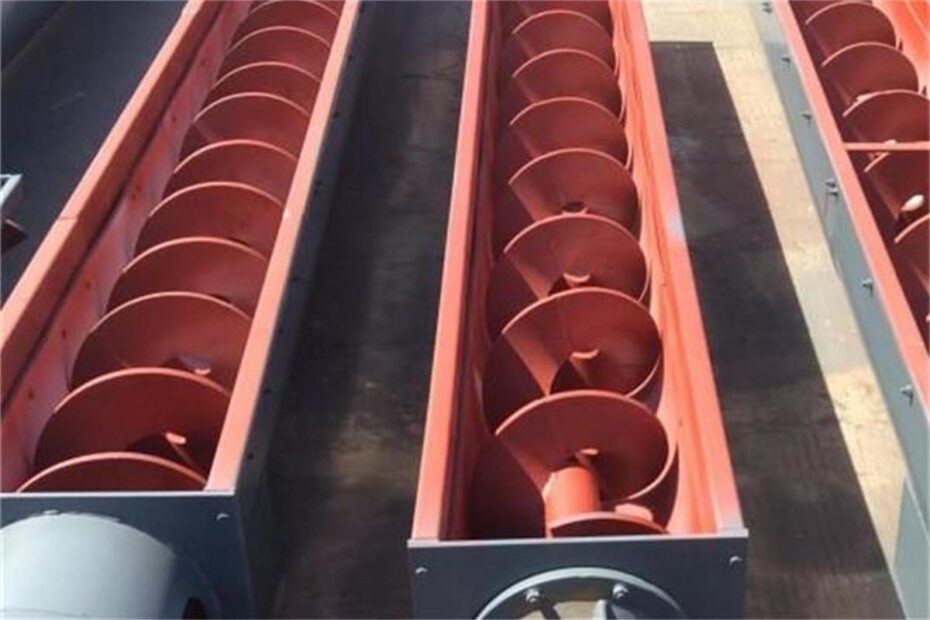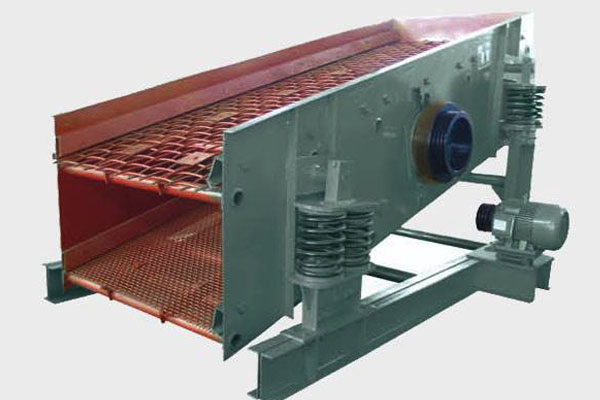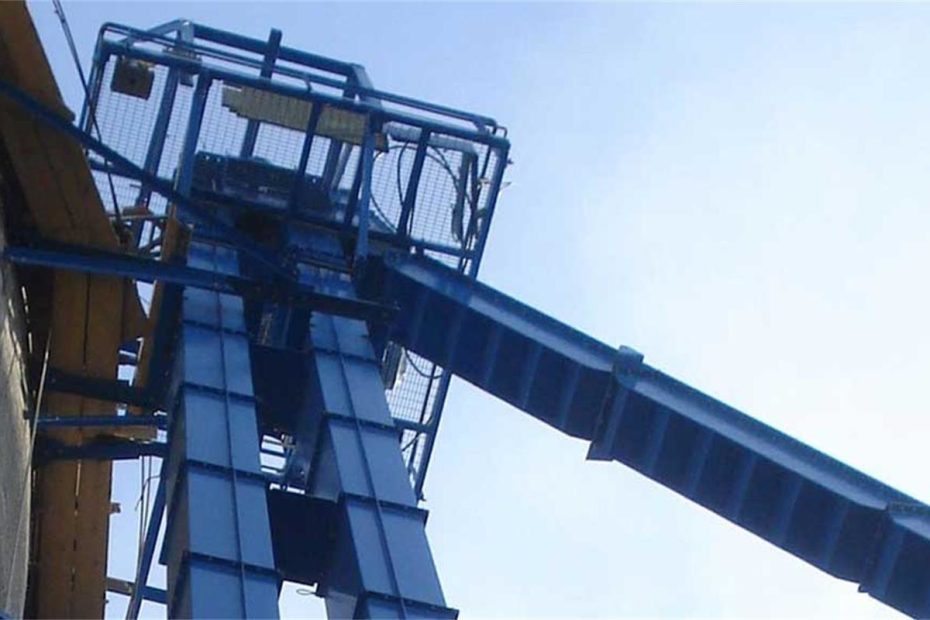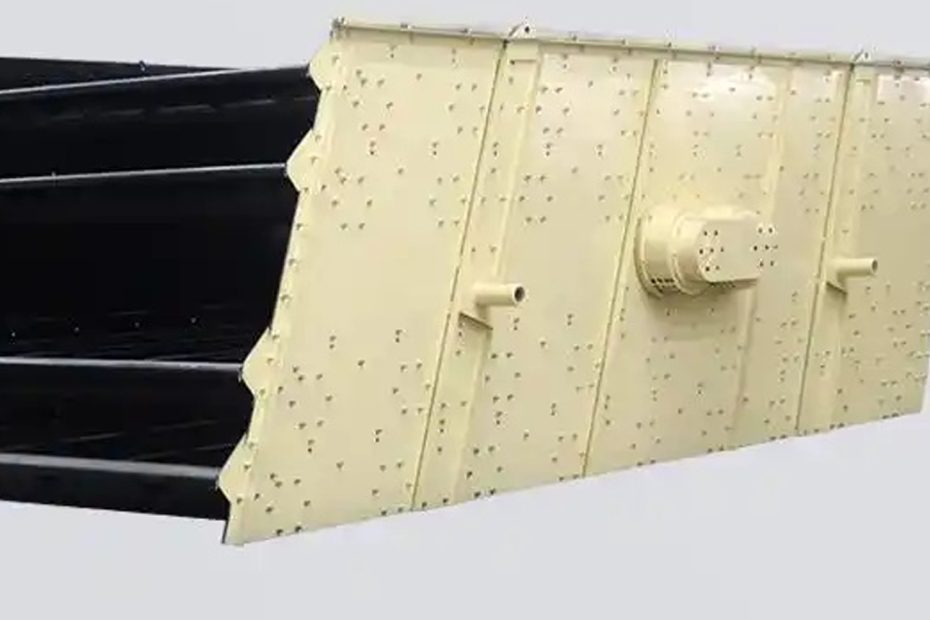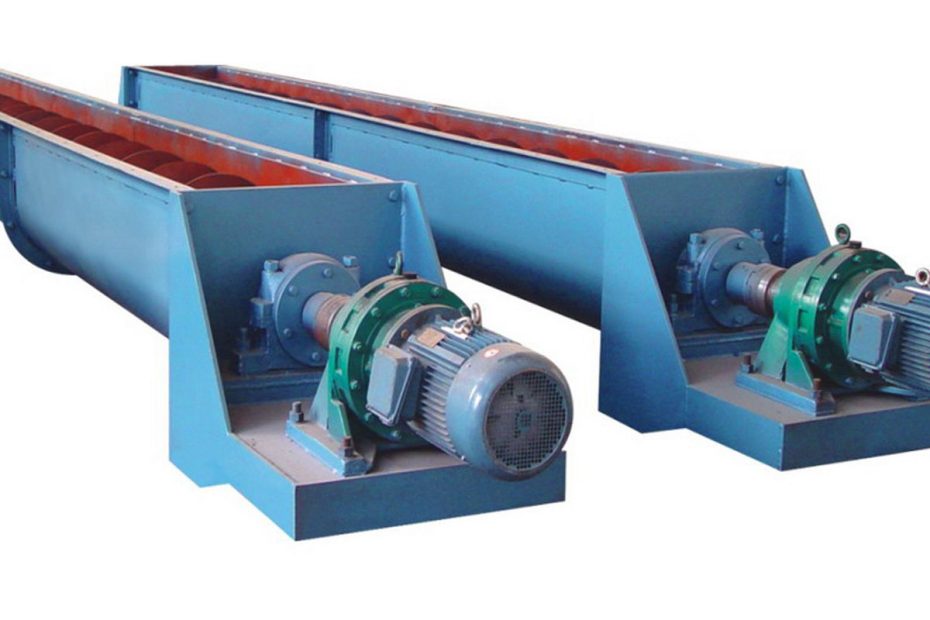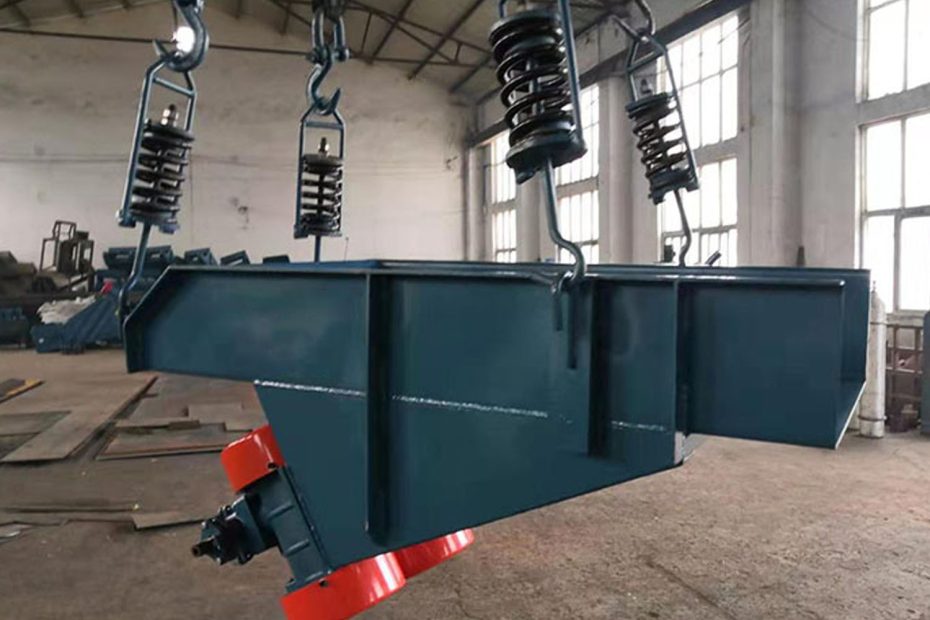What is a belt conveyor? What are its structural features?
Belt conveyors support long-distance operation through intermediate drives and offer intelligent upgrades through sensors and control systems to meet diverse conveying requirements.
Belt conveyor system feature long conveying distance, large capacity, convenient maintenance, and continuous operation. They are widely used in mining, metallurgy, ports, power plants, and building material industries.
